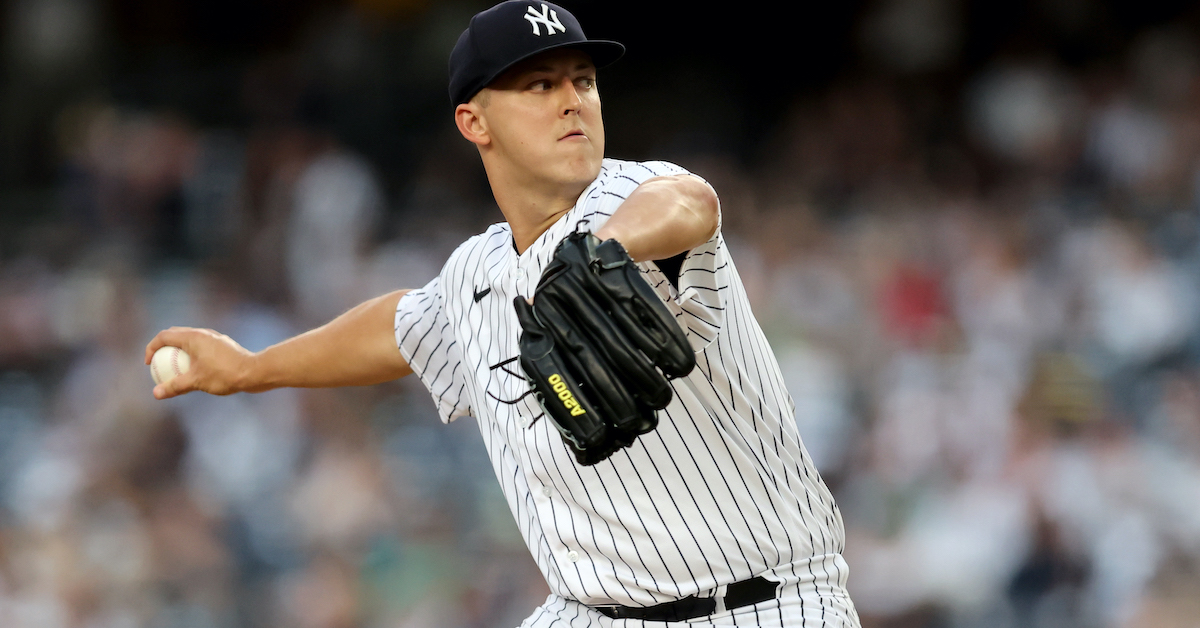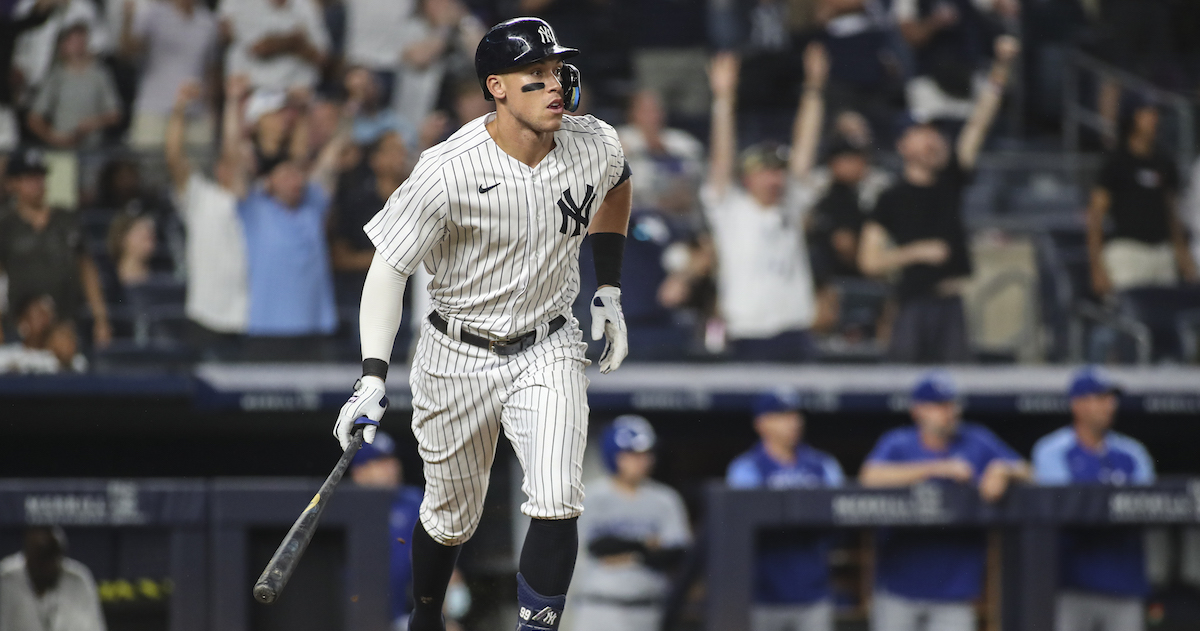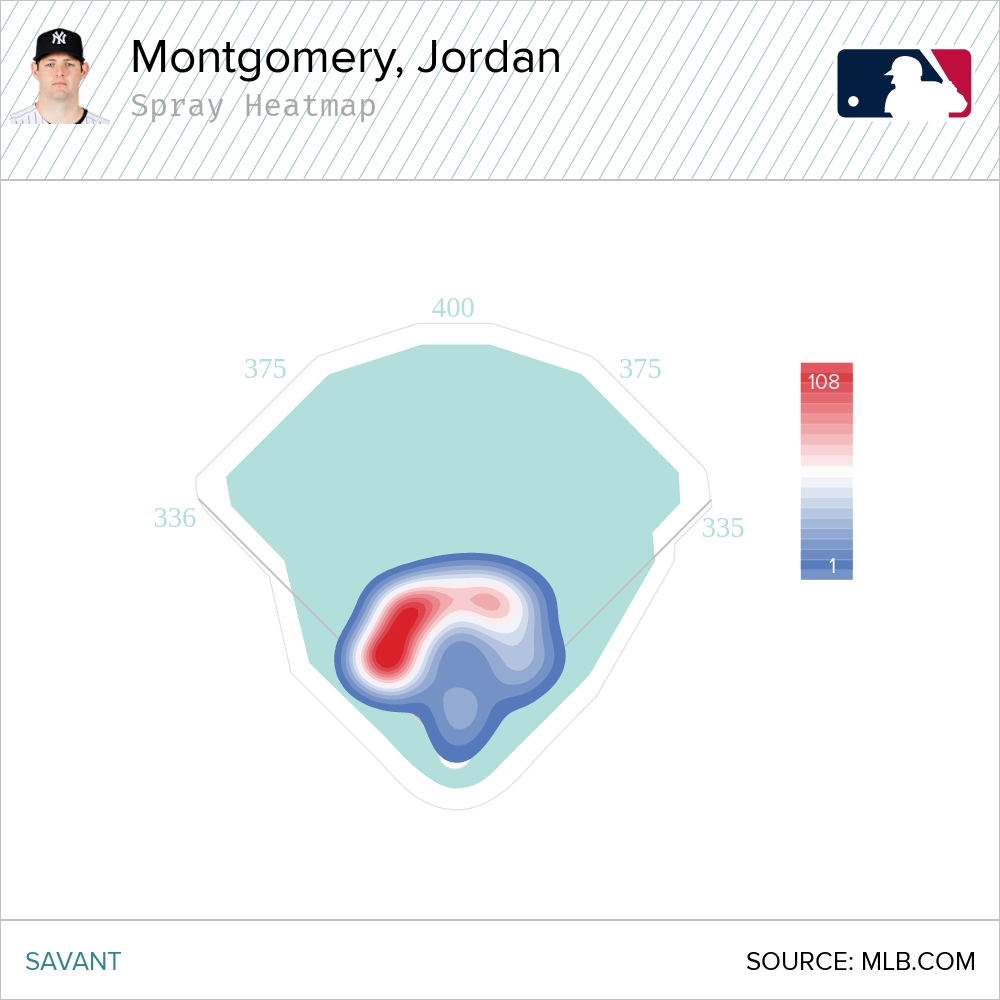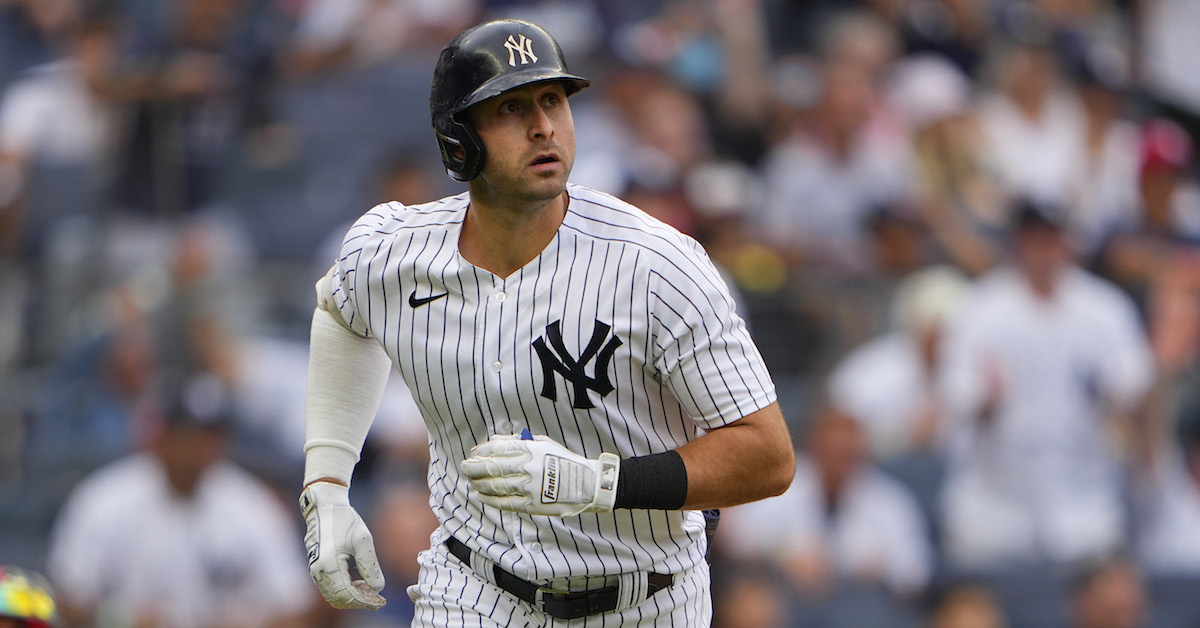The Yankees Have Fallen Into a Deep Funk

Once upon a time, a powerhouse in the Bronx dominated the opposition to such a degree that it was on pace to challenge the single-season record for wins. But a funny thing happened on the way to the record books: the power went out, and over the course of a few weeks, the team did an about-face, suddenly turning into one of the league’s doormats. Such is the saga of the 2022 Yankees.
It was just over two months ago, on June 20, when I noted in this space that the Yankees’ 49–17 record (.742 winning percentage) was the majors’ best start since the 2001 Mariners went 52–14 on their way to 116 wins; only a half-dozen other teams, including the 1998 Yankees, had won 49 or more of their first 66 games. I additionally noted that even with a 48–48 record the rest of the way, the Yankees would finish with 97 wins. Since that point, they’ve gone just 26–31, and their pace over 162 games has dropped to 99 wins:

Those jagged little peaks reflect the fact that until Sunday’s victory against the Blue Jays and Monday’s win over the Mets, the Yankees hadn’t won two games in a row since July 29–30, and they still haven’t won a series since then, or put together a winning streak longer than three games since June 26–29. But for all of that, the team is still four wins better than last year’s squad at the same juncture (71–52).
A 99-win season would rate as impressive by just about any other standard, but with regards to these Yankees, it not only reads as a disappointment given the arc of their season, but it also highlights the vulnerabilities that may yet again prevent them from reaching the World Series for the first time since 2009. That drought is approaching their 1982–95 one and has already exceeded their ’65–75 one; for all of their wealth in terms of both money and prospects, they’ve been unable to break through. Read the rest of this entry »









